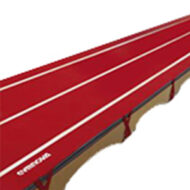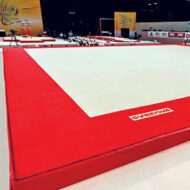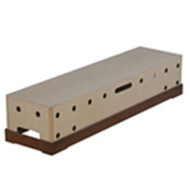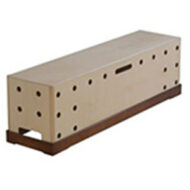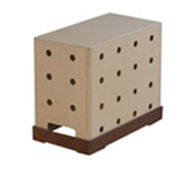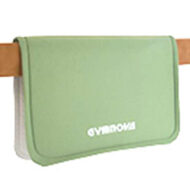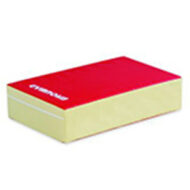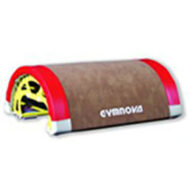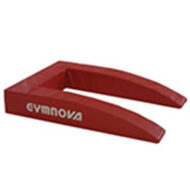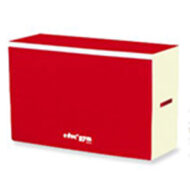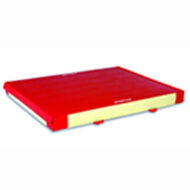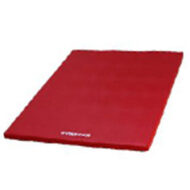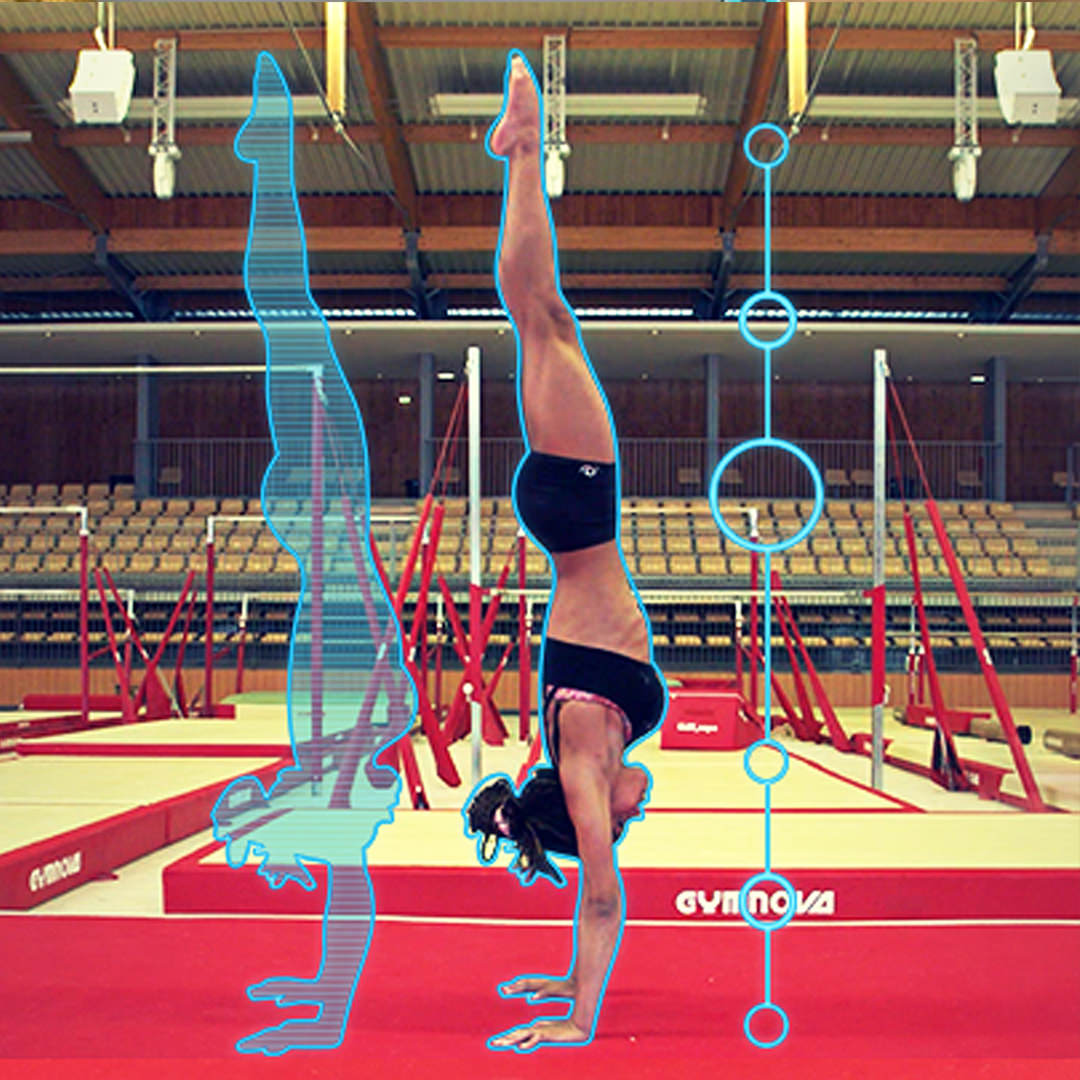The Handstand
How to teach the handstand on floor



Angelo Ritorto
The Handstand
How to teach the handstand on floor
description
Handstand is definitely the most important reference element in gymnastics. Find out how to teach it effectively!
Essential for all apparatus whether static, dynamic, or incorporated into acrobatic skills, it needs to be fully mastered and executed perfectly.
This tutorial deliberately focuses just on the handstand itself. That is, on the "balancing on the hands" phase and not what precedes it, whether this is a forward lunge, or press handstand from sitting or standing. These skills will be examined in other tutorials.
In the first section you'll find the analysis of technique, with the placements needed to create a handstand with good alignment.
Next you'll move on to the teaching section, which is divided into 5 stages. There you'll find the skill progressions and key exercises your gymnasts will need to be able to create alignment and hold the position.
At the end of the training, you'll find a "bonus" section. This is a video segment focused on the ability to create alignment, which comes from the video on prerequisites in the tutorial on backward giants on uneven bars.
This 68-min training is designed for:
⦁ coaches in charge of "beginner" gymnasts who are getting to know this exercise: how to get them to be able to balance?
⦁ coaches in charge of more advanced gymnasts: when you notice poor positioning or recurring faults, reuse the drills to correct them!
Thanks to clear explanations and images, diagrams, and slow-motion segments, you'll be able to guide your gymnasts as they learn this key reference position.
Associated books
Let's Teach Artistic Gymnastics - Floor Skills - Volume 1
Learn how to teach:
• Shoulder stand • Forward and backward rolls • Handstand • Forward lunge • Bridges •
All the exercises needed to learn these technical elements, from their beginnings to the execution of complete skills
→ 219 exercises - 184 pages - Format 15 x 21 cm -
A note on the series of books, "Let's teach gymnastics":
• Our books are essential companions to the video training on the same topics that you find in the section "Gymnastics Education" here on GymneoTV.
• Their spiral binding and tabbed pages allow you to quickly find the skills you want to look at, and easily locate the drills and training stations.
• The summaries of technique and the large format illustrations made to scale make these books the ideal companions to your training sessions.
Our advice:
• For training session prep: thanks to the technique summary and icons at the top of each page, you can easily find the stations that match the current needs of your gymnasts. You can also anticipate the equipment needs for your upcoming session.
• During training: with the help of realistic images, you can save time by showing your gymnasts the drills to work on. They will also be able to help you set up the training stations and thanks to the illustrations, they'll more easily understand the task at hand.
• You will improve the constant exchange that you have with your athletes. In fact, when giving your instructions, the illustrations create common ground for discussions or reference points. They make it easy to understand and/or visualize technical placements, which makes it much easier to learn the element.

